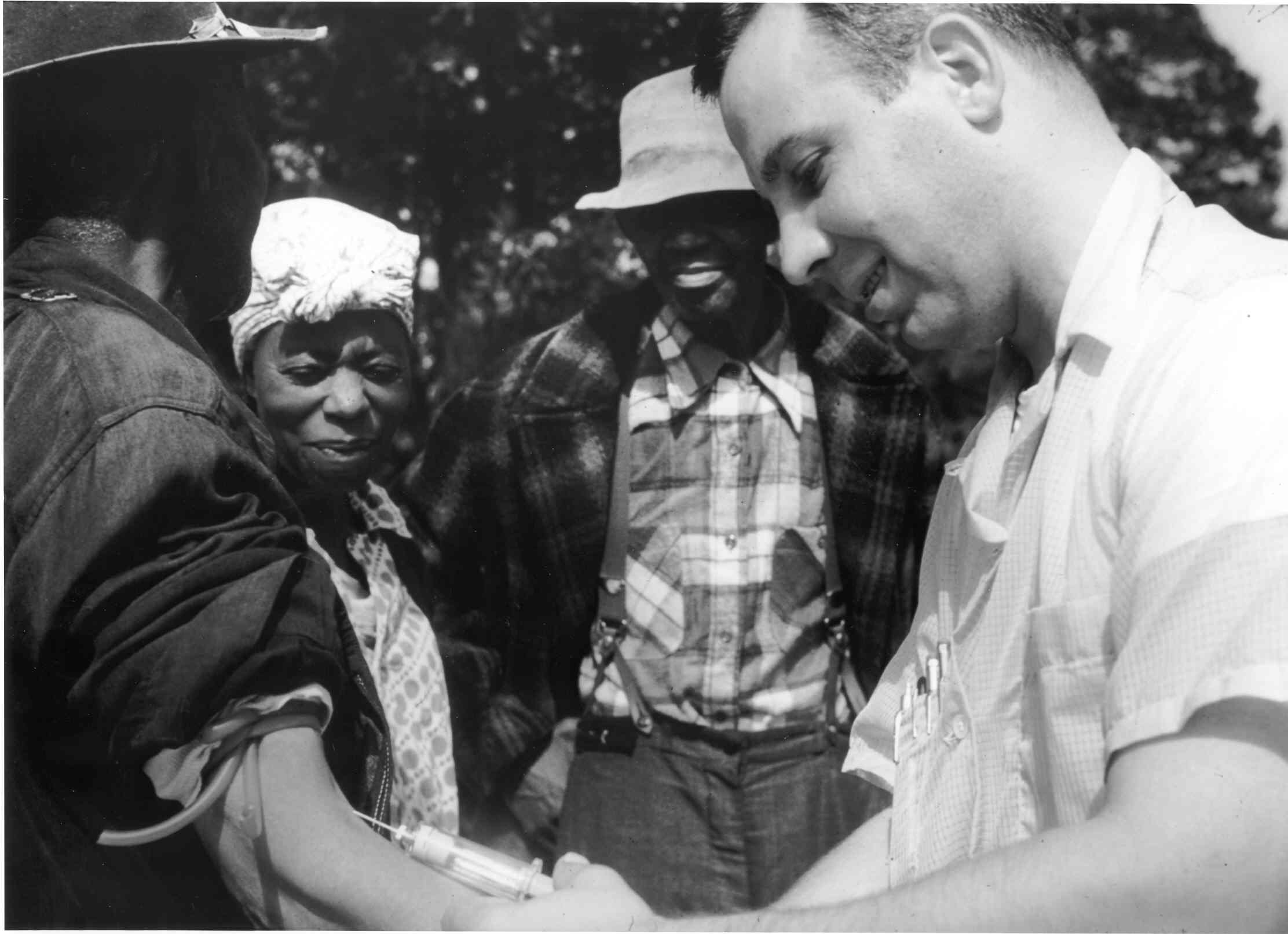How Racism Is Shaping the Coronavirus Pandemic
By Isaac Chotiner,
The New Yorker
| 05. 07. 2020
The historian Evelynn Hammonds talks about how false theories of “innate difference and deficit in black bodies” have shaped American responses to disease, from yellow fever to syphilis to COVID-19.
Evelynn Hammonds, who chairs Harvard’s department of the history of science, has spent her career studying the intersection of race and disease. She wrote a history of New York City’s attempt, a century ago, to control diphtheria, and is currently at work on a book of essays on the history of race, from Jefferson to genomics. Hammonds’s area of expertise is especially relevant today: while the data is incomplete, at this point in time, African-Americans represent nearly a third of U.S. deaths from the coronavirus pandemic and thirty per cent of covid-19 cases, despite making up only about thirteen per cent of the population. Hammonds noted recently, “This new development of what has happened with the pandemic with respect to African-American communities” is “perhaps an old development.”
I spoke by phone with Hammonds, who is currently hosting a series of Webinars with academics and experts at Harvard on African-Americans and epidemics in American history, from the eighteenth century to the present day. As she stated in one of the sessions, “I can’t imagine saying that we have to...
Related Articles
By Pam Belluck and Carl Zimmer, The New York Times | 11.19.2025
Gene-editing therapies offer great hope for treating rare diseases, but they face big hurdles: the tremendous time and resources involved in devising a treatment that might only apply to a small number of patients.
A study published on Wednesday...
By Emily Glazer, Katherine Long, Amy Dockser Marcus, The Wall Street Journal | 11.08.2025
For months, a small company in San Francisco has been pursuing a secretive project: the birth of a genetically engineered baby.
Backed by OpenAI chief executive Sam Altman and his husband, along with Coinbase co-founder and CEO Brian Armstrong, the startup—called...
By Jessica Hamzelou, MIT Technology Review | 11.07.2025
This week, we heard that Tom Brady had his dog cloned. The former quarterback revealed that his Junie is actually a clone of Lua, a pit bull mix that died in 2023.
Brady’s announcement follows those of celebrities like Paris...
By Emily Mullin, Wired | 10.30.2025
In 2018, Chinese scientist He Jiankui shocked the world when he revealed that he had created the first gene-edited babies. Using Crispr, he tweaked the genes of three human embryos in an attempt to make them immune to HIV and...




